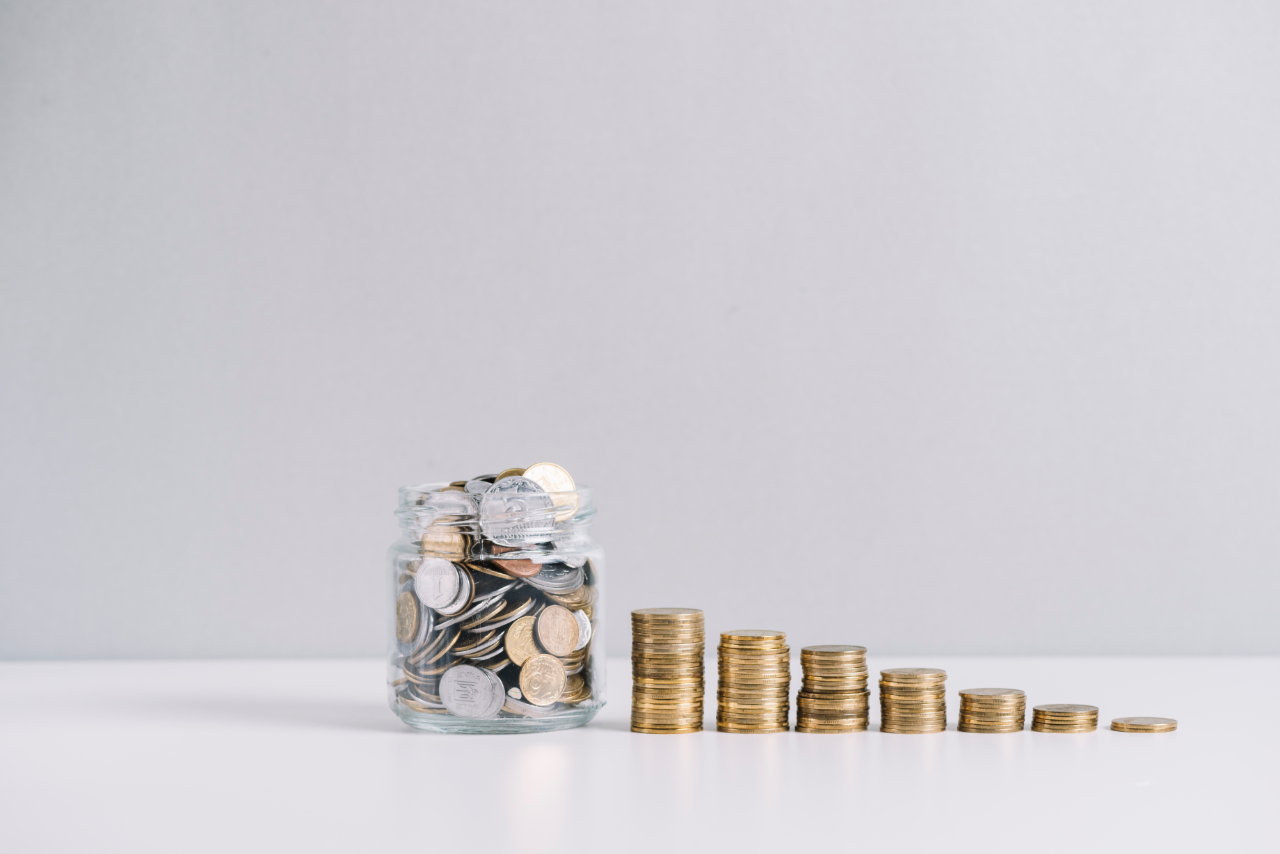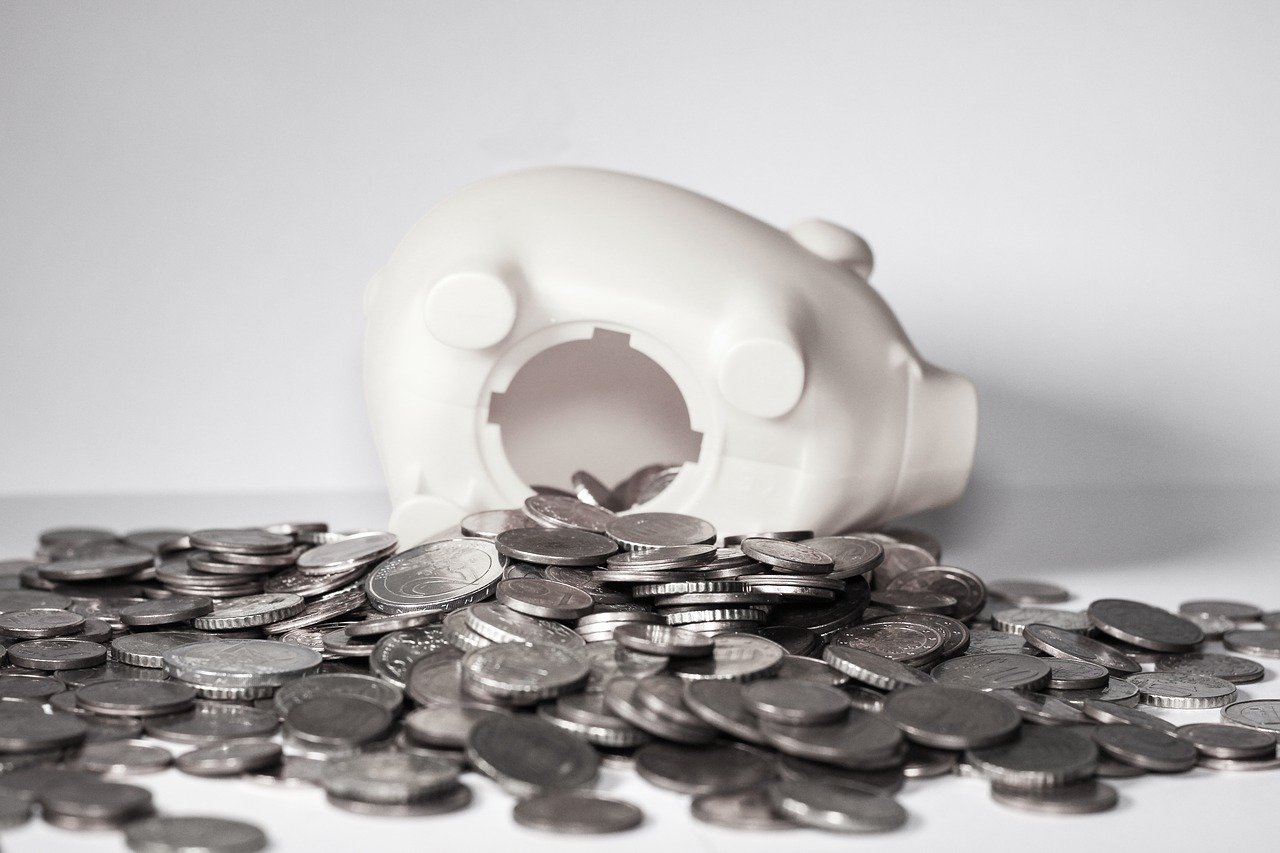
Good Debt Vs Bad Debt: What’s The Difference?
May 18, 2021
What is the difference between good debt vs bad debt?
- Potential to increase assets
- Contribution to financial health
When you look at your monthly bills, you might find yourself feeling overwhelmed by the amount of money you spend on debt payments. Keep in mind that is a distinct difference between good debt vs bad debt.
For many people, borrowing money and securing loans is the way to purchase major items such as homes. While there are debts that are justifiable, there is another end of the spectrum that involves taking on bad debt carelessly.
If you want to achieve financial wellness, you first need to understand which debts are considered bad and which are considered good. Continue reading on to learn more about this.
Potential To Increase Assets

If you’re wondering about what is good debt, it is often exemplified as the concept of “taking money to make money”. Taking out a good debt can improve your life in numerous ways because it helps you increase assets and generate income.
Some of the examples of good debt include the following:
- Student loans – In general, the better the education a student attains, the greater their learning potential in the future. Education also has a positive correlation with finding higher-paying employment opportunities. However, not all degrees are of equal value. For this reason, it’s worth considering the field of study when taking out a student loan.
- Real estate loans and home mortgages – There are a variety of reasons why real estate is considered good debt. On the residential aspect, you can take out a mortgage and live in the home, and then sell it for a profit. Loaning a real estate property is good because it increases in value almost every year. It can also cut down expenses and improve your quality of life. For example, it can shorten your travel time to work or school.
- Business loans – The money you loan to start your business can also be classified as good debt. In the future, this can increase your cash flow. However, like paying for student loans, business loans can come with risks. If you don’t know how to properly run your business, it could fail. It would be best to have a comprehensive business plan before taking out a business loan.
Contribution To Financial Health

There are good debts that can contribute to financial health. If you take out debt as an investment, it can increase in value and positively contribute to your overall financial health. Take the real estate loan as an example. Residential real estate properties also can be used to generate income by welcoming tenants, and commercial real estate properties can be a source of cash flow and capital gains in the future.
Taking out a bad debt can also contribute to poor financial health. If you’re wondering about what is bad debt, it happens when you borrow to purchase a depreciating asset. Bad debts would not go up in value nor generate income for you.
Some of the examples of bad debt include the following:
- Cars – There has been an ongoing debate about how cars can be considered good debt. While you may find it hard to live without a car, borrowing money to buy one can also be a bad debt. By the time you leave the dealer’s car lot, the vehicle already depreciates in value. If you need to take out debt to buy a car, look for a loan with low interest.
- Personal loans for discretionary expenses – Taking on debt for expenses like a vacation, new clothes, entertainment, or electronics can be an expensive habit. To add to that these discretionary expenses are worthless in value. Borrowing money to buy these through a credit card is bad debt. Unless you are trying to build your credit score, try to pay with cash for discretionary expenses.
- High-interest credit cards – Having a credit card is convenient as long as you pay them off every month, are intentional with your purchases, and aren’t accruing high-interest rates. However, high-interest credit cards such as those greater than 20% can make your debts more costly.
Key Takeaway
If you want to achieve financial wellness, you need to know the difference between good best vs debt. As a general rule, good debt increases your income or net worth and has future value. If it doesn’t do that and you don’t have the cash to pay for it, it’s bad debt.
Still curious to learn if you have unpaid bad or good debts? Contact Benito Keh! His expertise in all things finance and business-related will help you make sound decisions in the future.




